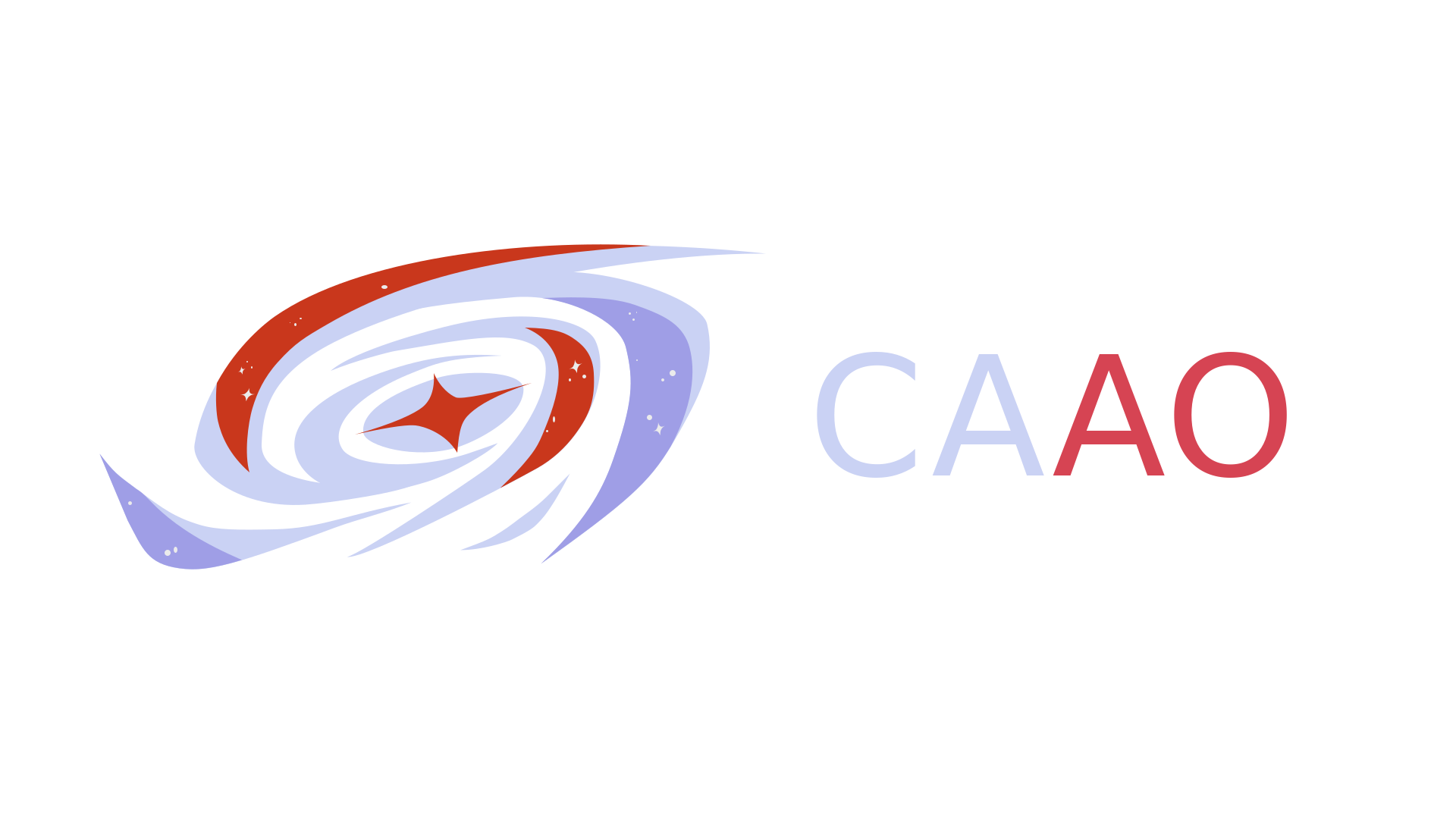Contests
Astronomy Olympiads
The International Olympiad on Astronomy and Astrophysics (IOAA) is an annual event for highly proficient high school students from all around the world. Established in Thailand 2006, it was initiated by five countries including Thailand, Indonesia, Iran, China and Poland with the aim to proliferate Astronomy among high school students, to foster friendship among young astronomers at international level so as to build cooperation in the field of Astronomy in the future among the young scholars.
Some of the countries which have hosted IOAA are Thailand in 2007, Indonesia in 2008, Iran in 2009, China in 2010, Poland in 2011, Brazil in 2012, Greece in 2013, Romania in 2014, Indonesia in 2015, and India in 2016. Phuket, Thailand hosted IOAA in 2017.
The number of participating countries has significantly increased since its initiation; from 20 countries at its outset to 45 countries in 2017.
The stages in the competition comprise of four rounds of theory test, observation, data management and team competition. The awarding of medals will be decided upon the scoring on theory test, observation and data management, while team competition will determine the awardee of the best team of IOAA.
Statutes of International Olympiad of Astronomy and Astrophysics:
IOAA Statutes - IOAA (ioaastrophysics.org)
Syllabus of International Olympiad of Astronomy and Astrophysics:
The IAO was founded on June 7, 1996, by the Euro-Asian Astronomical Society.
The International Astronomy Olympiad is a scientific-educating event for students at the junior high school classes - 14-18 years old, which includes an intellectual competition between these students. The style of the problems is aimed at developing the imagination, creativity and independent thinking.
Each country may send five students, who are the winners of the respective national olympiads: three students for the group Alpha (14-15 years old) and two students to the group Beta (16-18 years old). They are to be accompanied by two team leaders as representatives of each country.
IAO takes place each year in the first two months of the astronomical autumn (i.e. September 22 - November 22) in either an observatory, a scientific research centre (town) or at an institute of the participating countries.
The Olympiad is intended for students of the adolescent age when the interest to astronomy is being formed most actively. Then preparation for participation is still a useful and purposeful education not yet having turned training into an end in itself. This is a principal idea of the Olympiad.
A considerable part of the knowledge which is necessary for participation in the Olympiad goes beyond the frames of the school curriculum in most of the countries in the world. Preparation for the Olympiad needs extra-curricular activities of various types, whose promoting is one of the Olympiad's aims.
Contest Format
The IOAA consists of two parts: the theoretical competition (including short and long questions) and the practical competition (including observations and data analysis).
The theoretical section normally consists of 5 short, 5 intermediate lengths and 2 or 3 long questions in this. For the practical part, the organizers may give a set task on 1) observation, 2) paper-based practical problem, 3) computer-based problem, 4) planetarium simulation or a combination of the four, which is expected to be solvable in 5 hours. The problems should involve at least four areas mentioned in the Syllabus.
The sequence of the competition days is decided by the organizers of the competition. The time allotted for solving the problems should be a total of five hours for the theoretical part and a total of five hours for all components the practical part. These competition parts should be spread over at least four calendar days with at least one free day between first examination and last examination.
The IAO comprises of three rounds: theoretical, observational, and practical.
The theoretical round usually has 5-9 problems. Problems of the theoretical round include classic problems in parts of astronomy, astrophysics, space and planetary physical science, and possibly hypothetical circumstances.
The observational round includes perceiving stars, constellations, assessing star magnitude and angular distance, working with telescopes or other observational strategies.
The practical round comprises of problems dependent on data results of observations and solutions proposing an analysis of this information.
The CAAO usually consists of six theory problems. Students are given a time frame to write their solutions and send them back to the organizer.
The results are announced after a while on the website and the top scorers will be selected for the international training camp and eventually will represent Canada in the IOAA. As of 2022, the CAAO will be separated into a junior and a senior division.
Team Canada Selection Process
The IOAA Team Canada is selected from the CAAO. Top scorers in both the Junior and Senior division of the CAAO are invited to join a training camp. The camp is held before the summer and will mostly be in-person for theory and practical rounds. Depending on the IOAA host, countries may allow either one or two teams of five participants. As such, the number of top contestants who will be selected for the national team varies every year.
